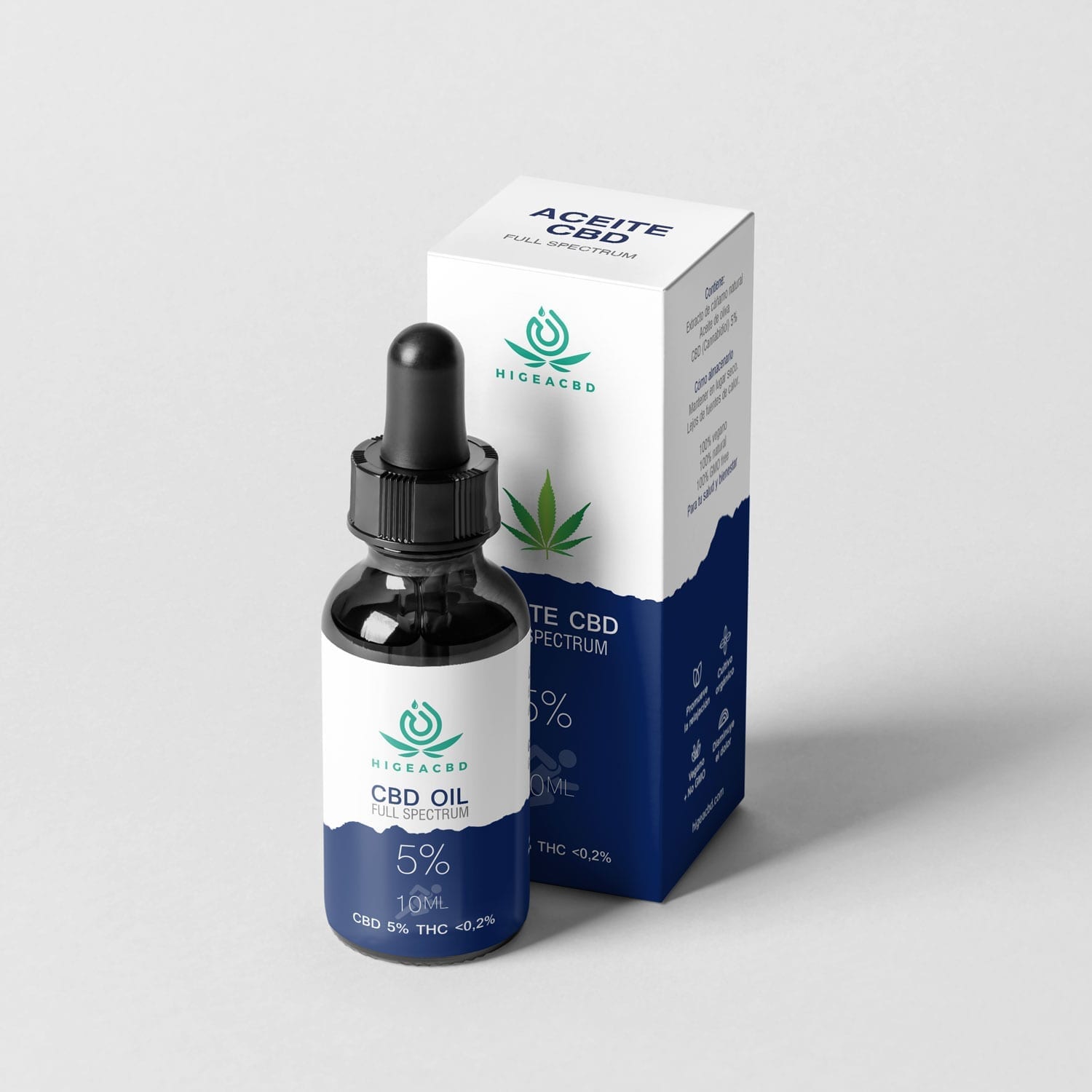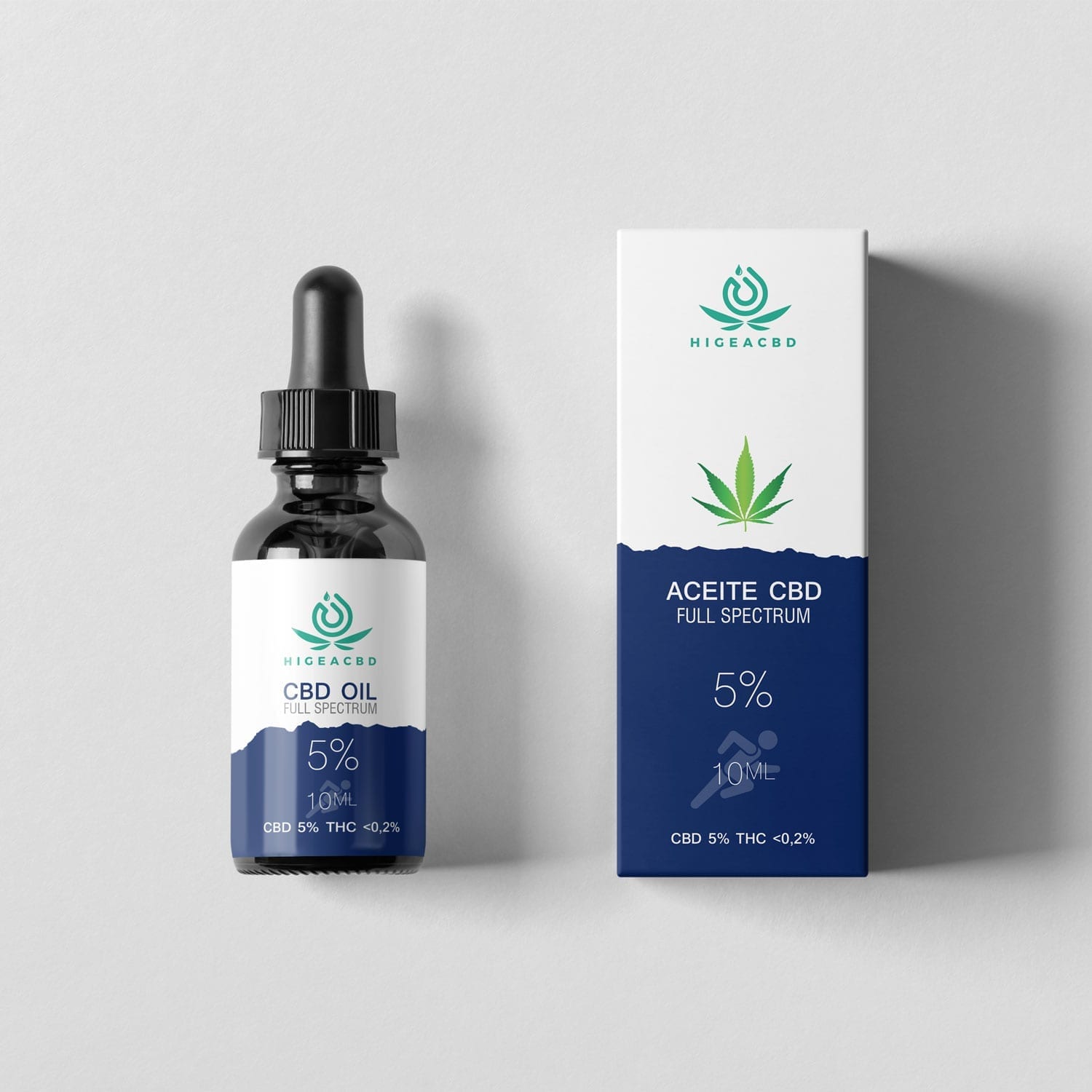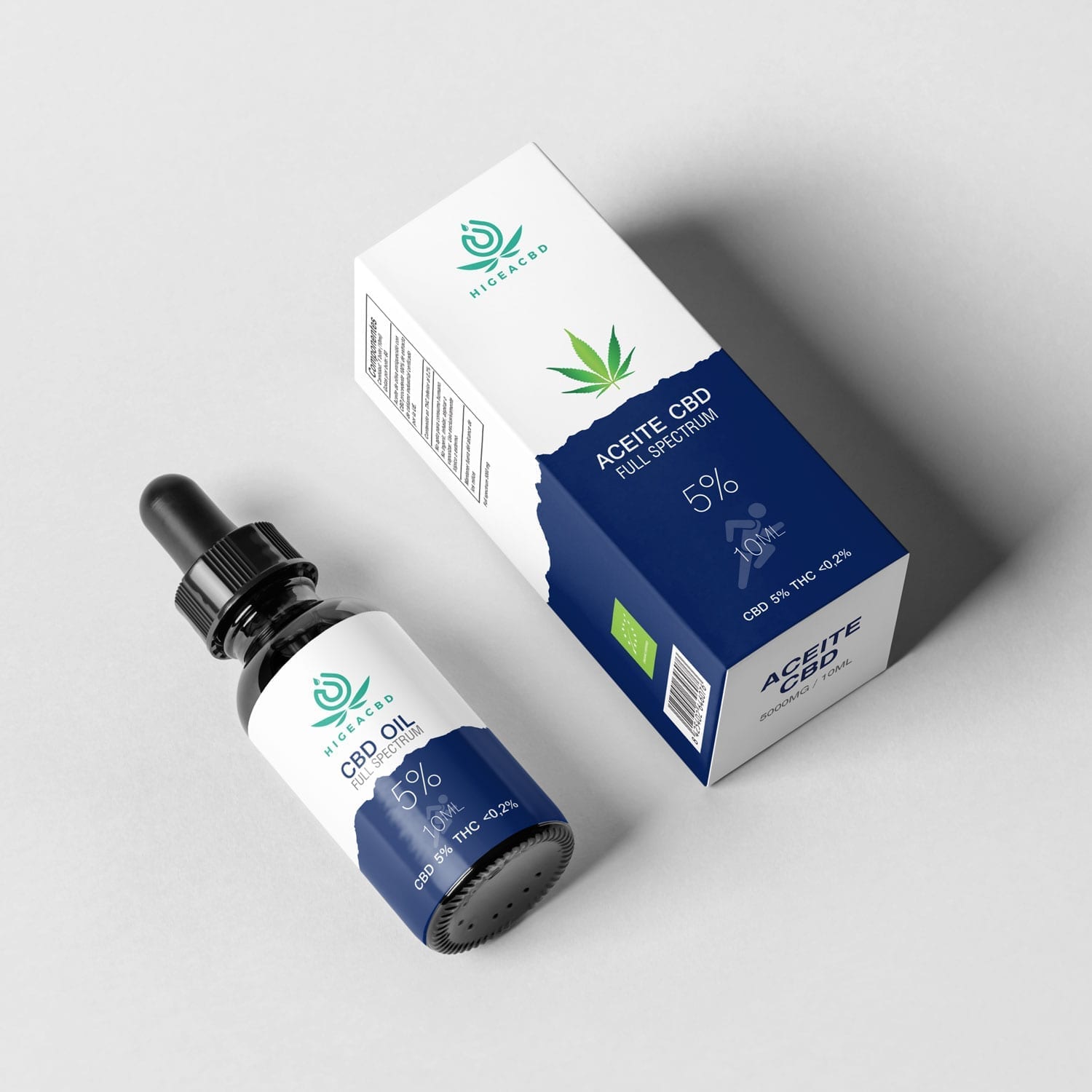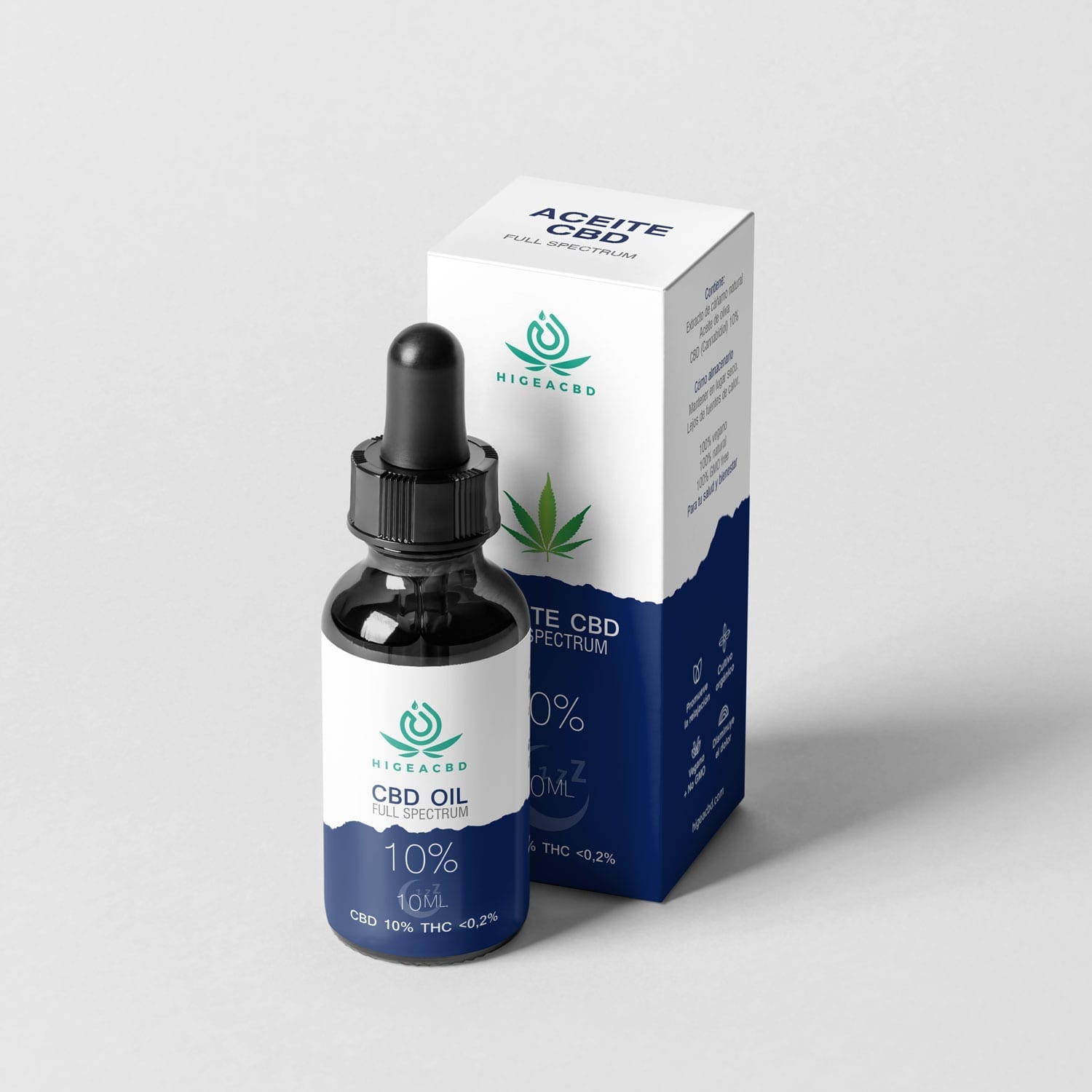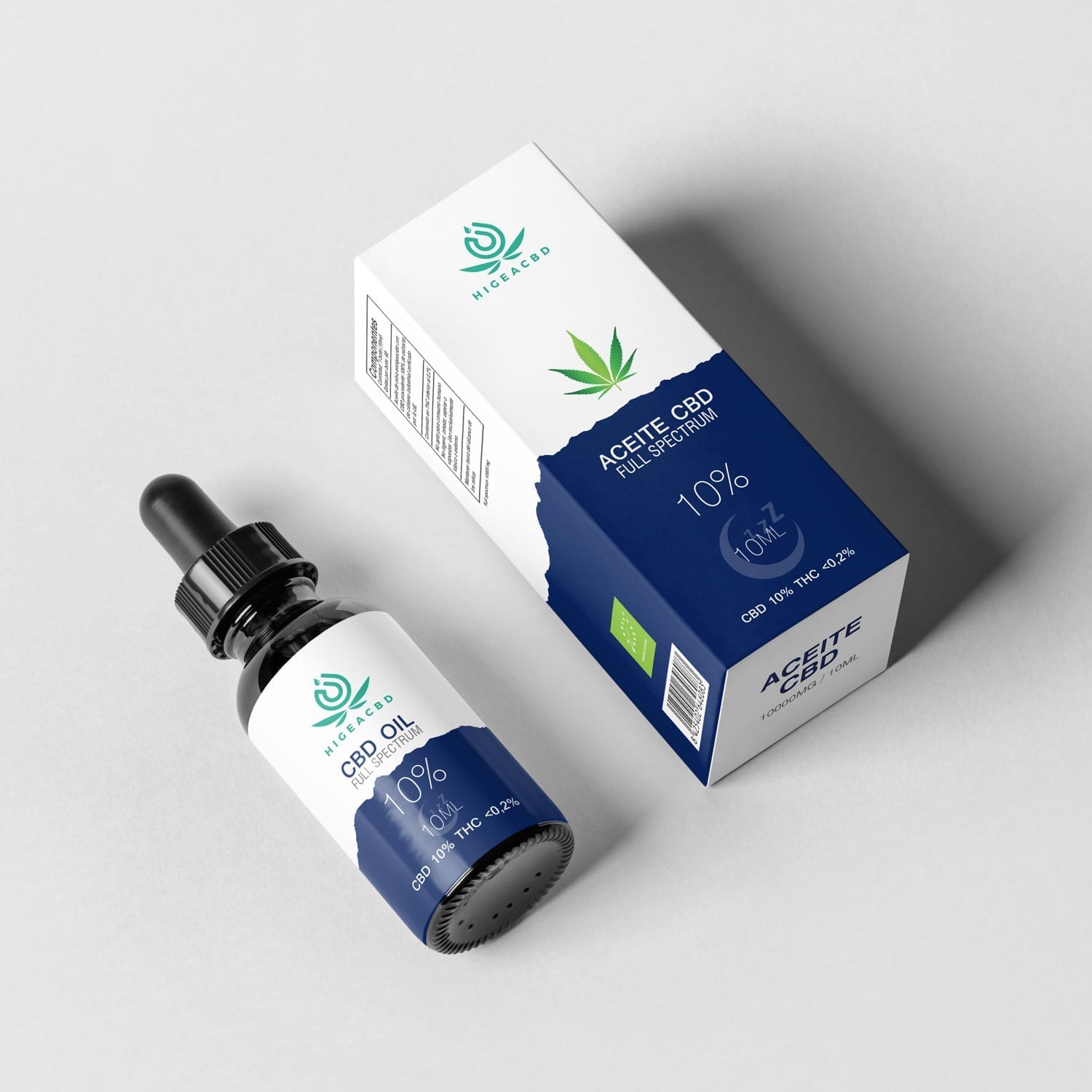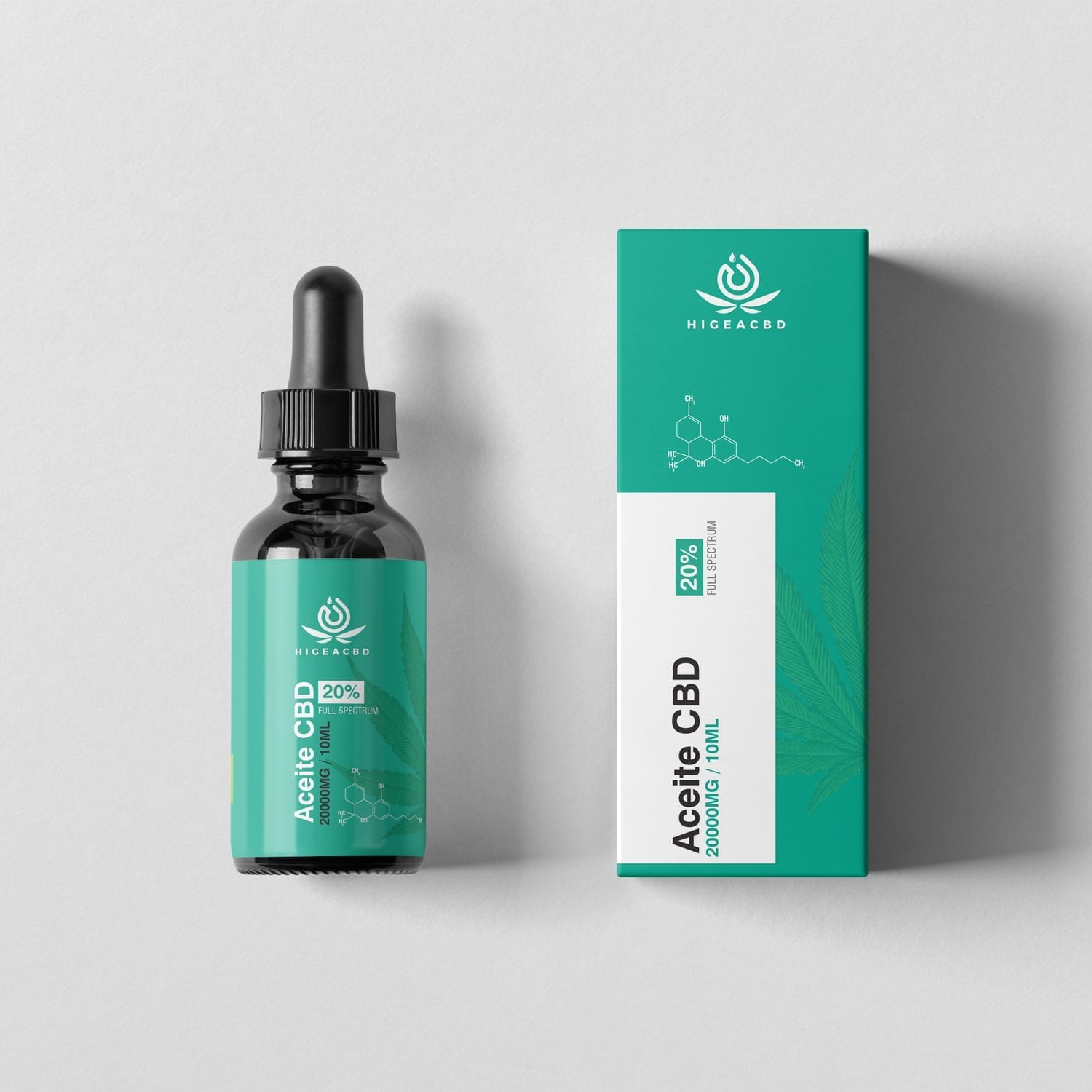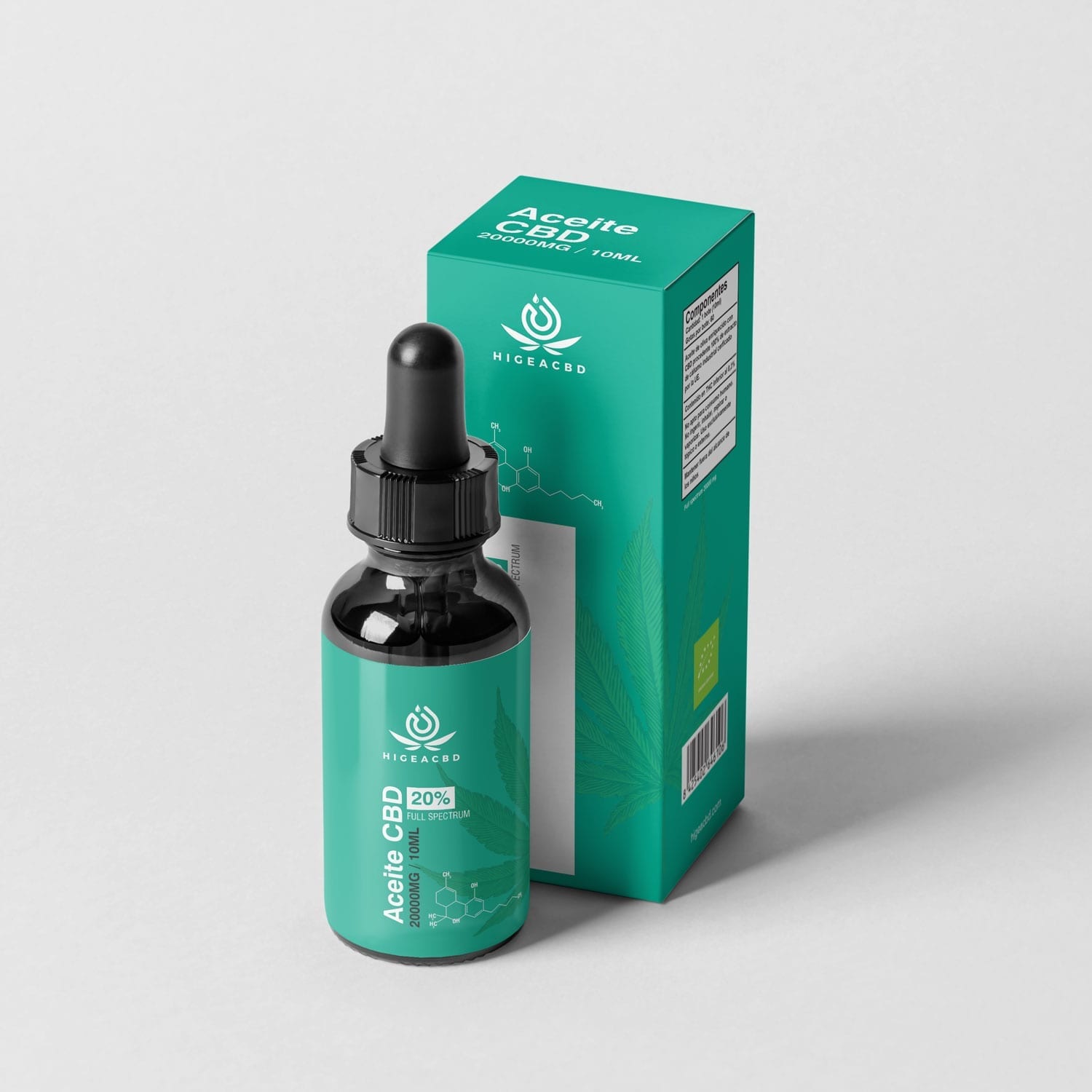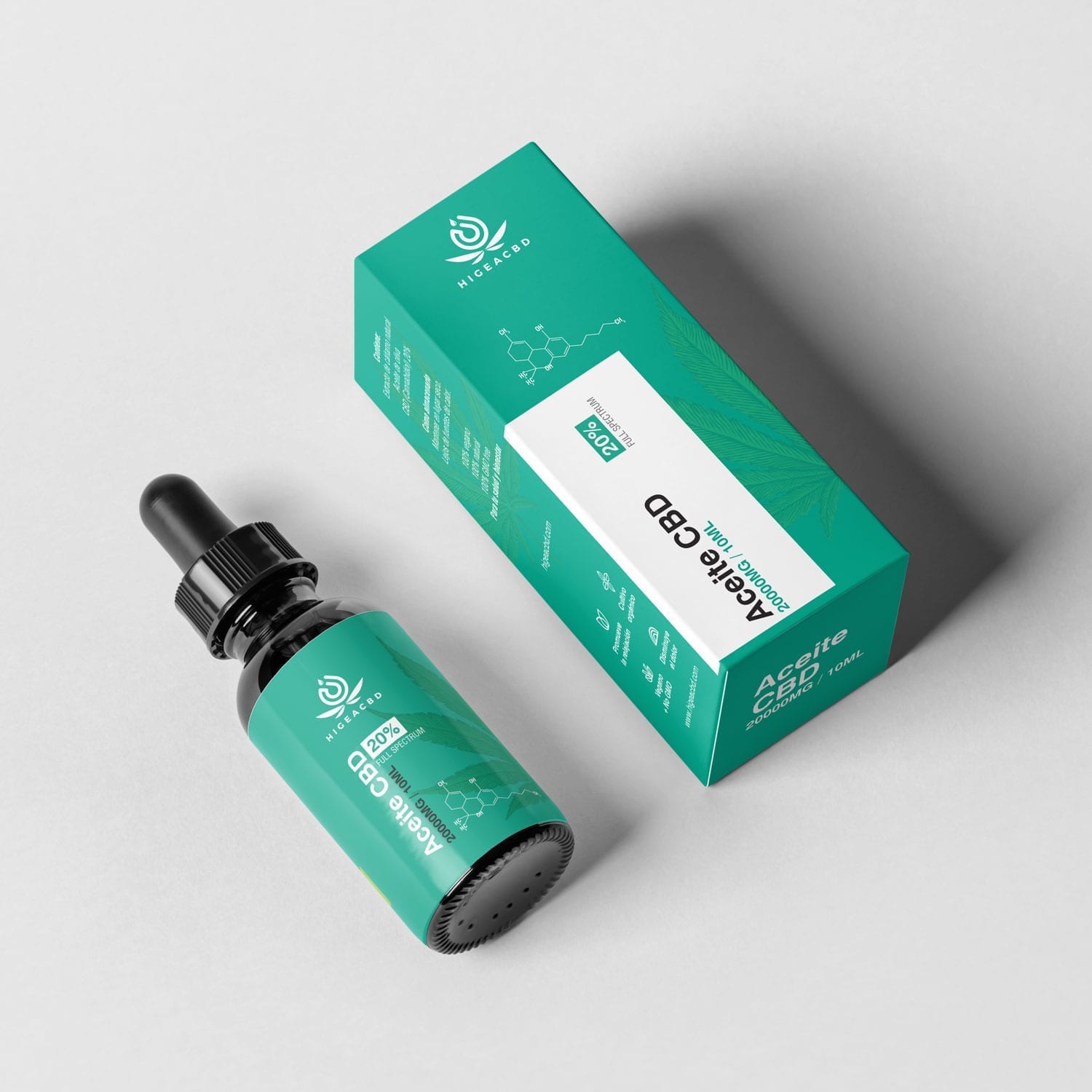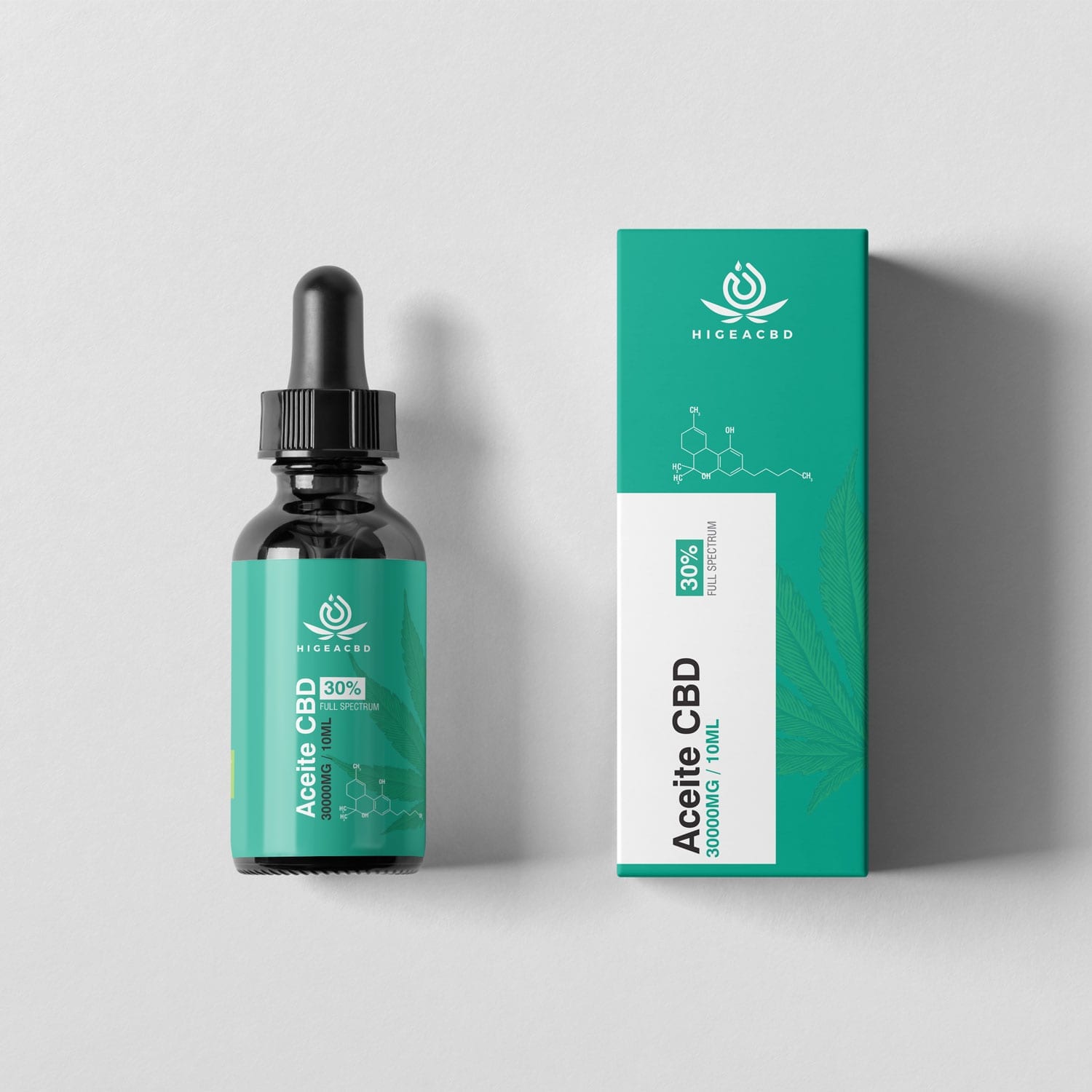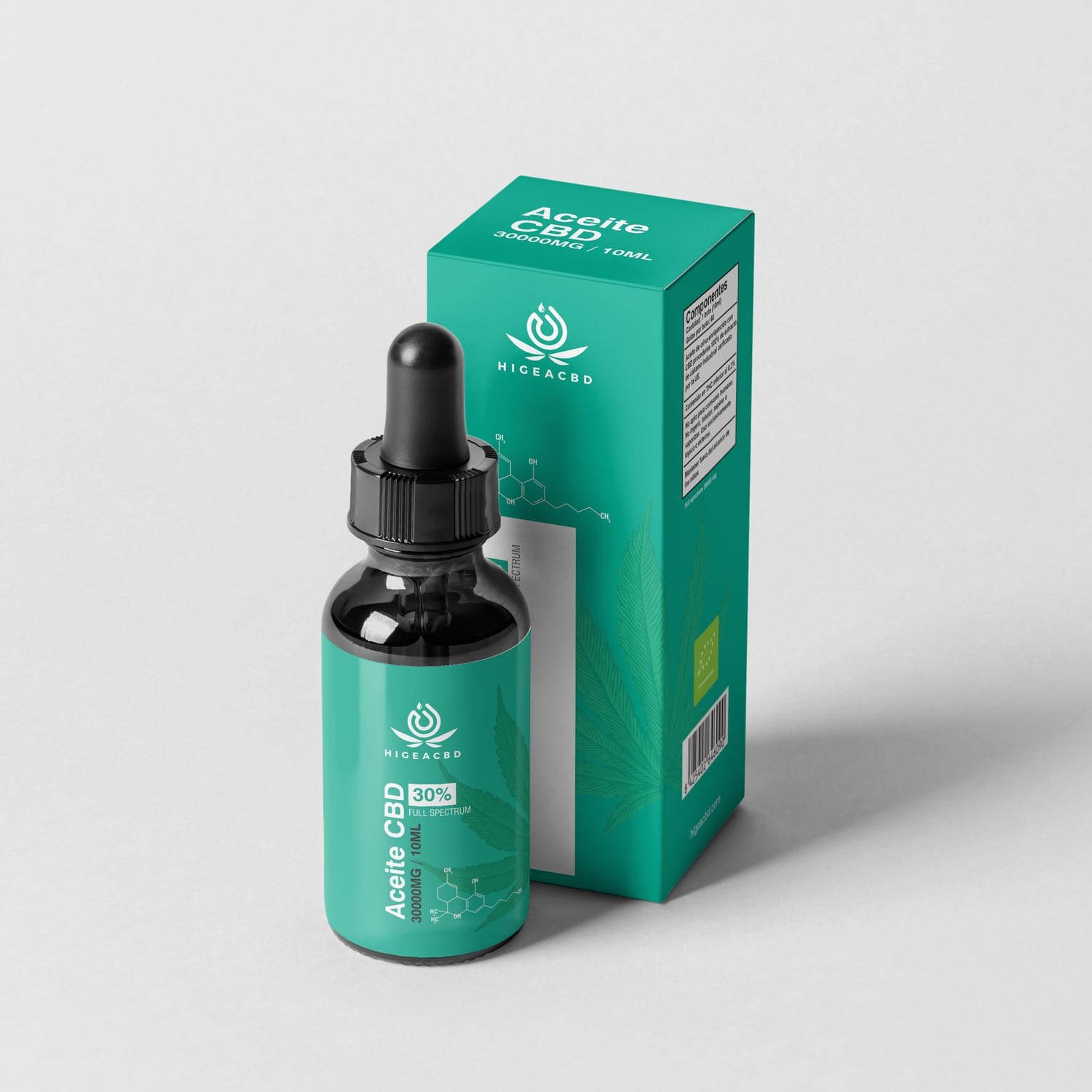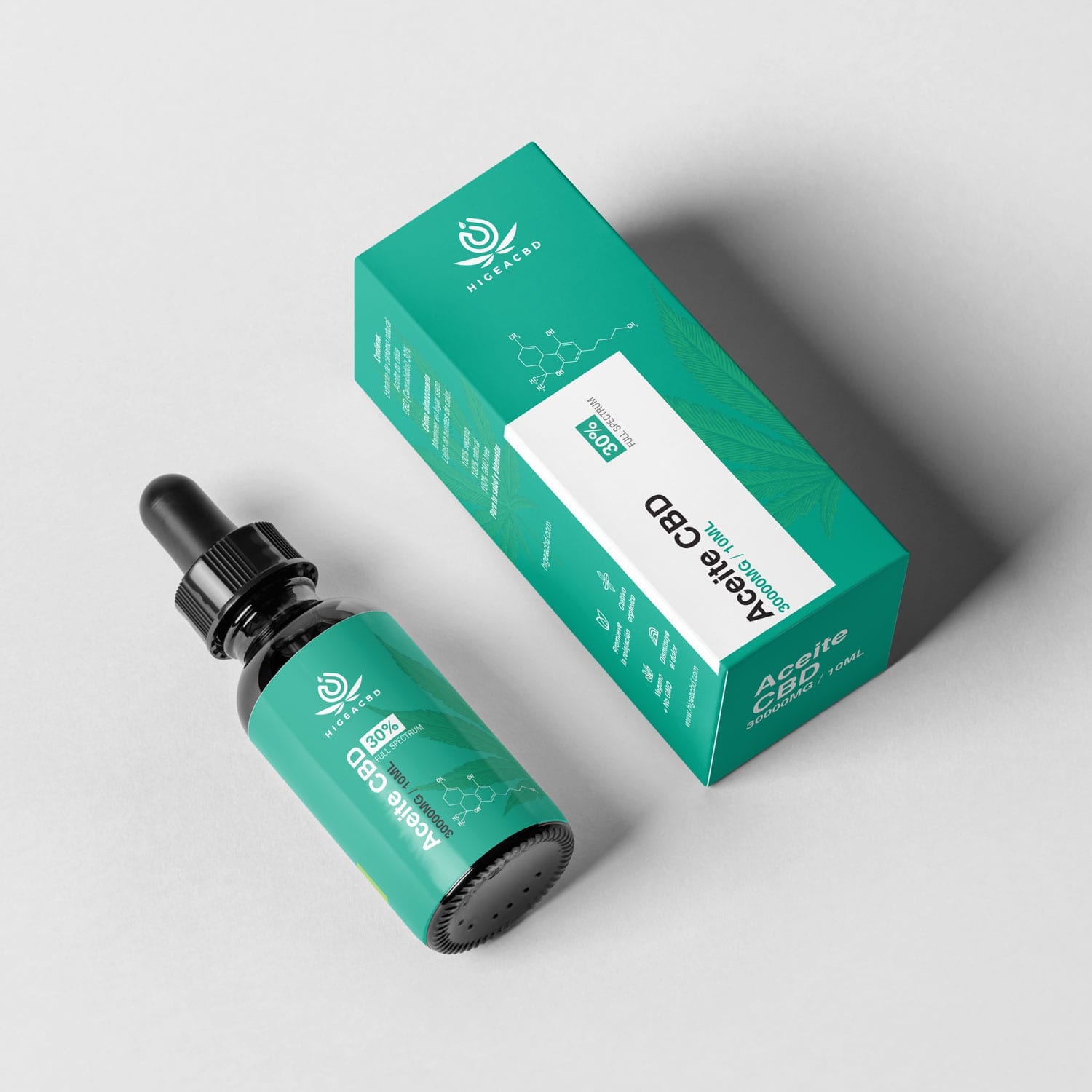Free shipping from 40€!
What are flavonoids
Flavonoids are in CBD
If you’ve ever heard of flavonoids, you’ve probably wondered what they are. They are compounds belonging to CBD. However, the marijuana plant is not the only one that has made them famous, as they are present in several places. We recommend that you also read our article on the benefits of CBD to know all about our products.
In fact, there are more than six thousand flavonoids scattered throughout all fruits, herbs and vegetables. Red peppers or oranges owe their striking shade to these compounds so, among other things, we can say that they bring color to our lives.
Each of the colors is the representation of a different flavonoid type. It is nature’s answer to fight pests, protect plants and specify their cellular activity. In addition, they play an important role in our health.
Within the term, we can differentiate four main groups: flavonoids, neoflavonoids, isoflavonoids and anthocyanins. To simplify them, we’ll use flavonoid to refer to everyone.
Aceite Higea CBD 5%
19,95€
Higea CBD 5% oil helps you recover quickly from your sports workouts
Aceite Higea CBD 10%
29,95€
Higea CBD at 10% is recommended to take before bed or reduce stress situations
Flavonoids: Key Health Benefits
Flavonoids have numerous health benefits for humans. Among others, for example, its anticancer properties stand out, because they inhibit cancer cells. Studies have focused it, especially, on liver cancer.
They are also known for their cardiotonic properties, as they strengthen the heart muscle and improve circulation. In other words, flavonoids lower the risk of heart-related diseases.
They improve hair fragility in patients thanks to the best resistance of the capillaries, preventing them from breaking. It also emphasizes its antithrombotic property, as they prevent the formation of thrombus in our blood vessels, improving circulation.
They also reduce cholesterol, as they are able to end the concentration of cholesterol, as well as triglycerides. They also protect the liver, decreasing the likelihood of diseases related to this vital organ.
Among other properties, flavonoidsalso protect the stomach and have a clear anti-inflammatory and analgesic function. They have been used, for example, to decrease ailments of diseases such as arthritis.
Finally, we should mention its antimicrobial benefits and antioxidant properties in plants.
However, after several studies, it was concluded that they have little or no effects on our body as antioxidants.
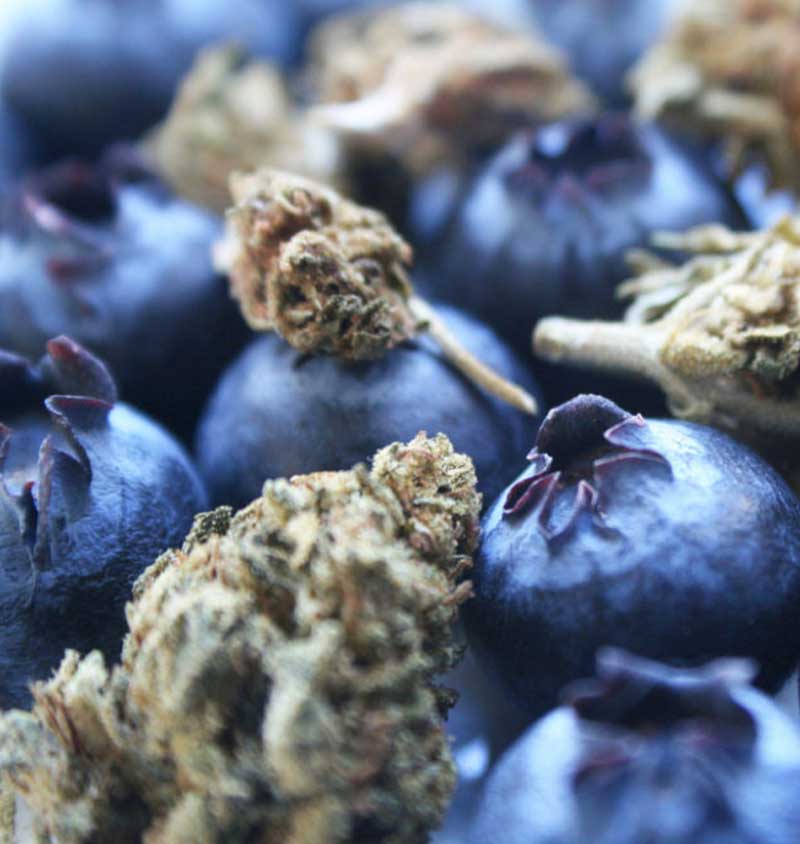
Differentiate between flavonoids and non-flavonoids
To know well this type of compounds, it is important, also, to know how to differentiate between flavonoids and non-flavonoids.
In wine, for example, made from grapes, we have a clear example of how both can coexist without being the same.
By example the grape, non-flavonoid compounds can be located anywhere in the cluster, especially in the pulp. In the case of flavonoids, we find them in nuggets, scrapes and skins.
The latter are responsible for giving that characteristic tone to each type of grape and, therefore, to each type of wine. In addition, they are also the culprits of aging broth.
Natural Flavonoids
The most common are natural flavonoids,which we can find in a long list of foods such as fruits, vegetables and herbs. To get to know them more thoroughly, they can be divided by type of flavonoid that we find in each food group.
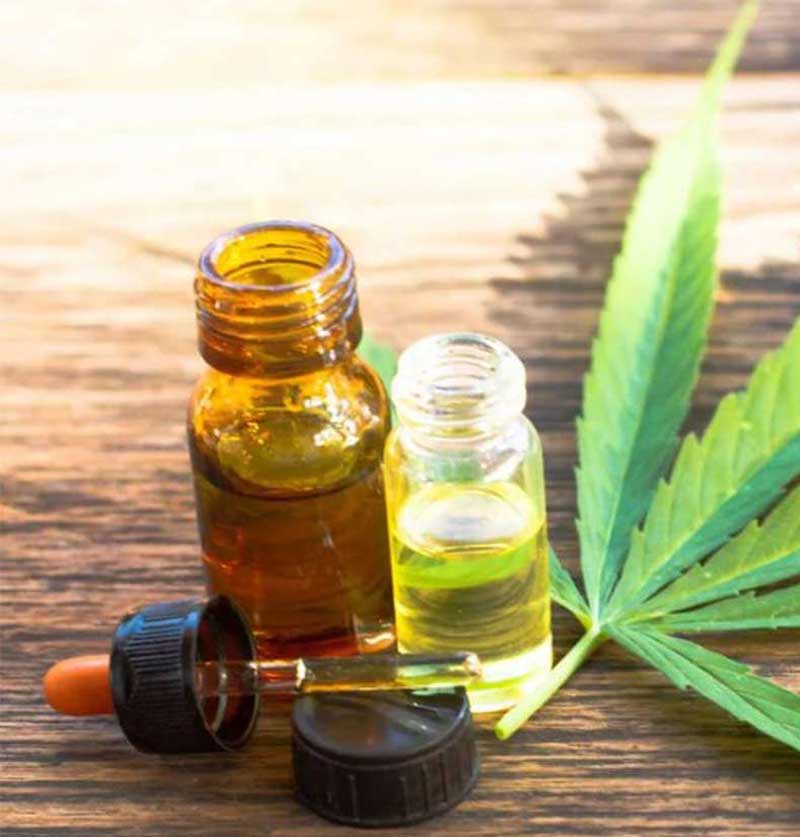
Flavonoid-rich foods
There is a wide variety of flavonoid-rich foods. In addition, they can be classified according to the type of compound that predominates in each of them.
Citroflavonoids, for example, can be found in apples, blackberries, grapes, onions, cherries, oranges, grapefruit, lemons, broccoli, lettuce and tomatoes. Routines are present in grape peel, blackberry and citrus.
Also in the pepper, in the apple, the tomato and broccoli, as well as the red wine. Idoflavonoids, meanwhile, are contained in tofu, soy, chickpeas, milk, beans or lentils. In grape seeds we also find proanthocyanidins.
The pigments of cherries, blueberries and plums are due to the presence of anthocyanins. In green tea, black, red and foods such as pear, cocoa and apple we find flavonoids like catechins.
In pepper and orange there are hesperidines. On the other hand, we find kaempferol in broccoli, leeks, radio, red beetroot, endibias andronja. The cyanids are found in radish, cherries, strawberries and blackberries.
Vitamin c and flavonoids
Flavonoids are compounds that were discovered by Szen-Gyergy,Nobel Laureate. In 1930, he was able to isolate the citrine, a substance responsible for regulating the permeability of his capillaries, from the peel of a lemon.
Initially, these compounds were called vitamin P. Also as vitamin C2 after it was found that some of them contained properties very similar to vitamin C.
However, flavonoids were vitamins could not be confirmed. For this reason, this way of naming them was abandoned in the 50s of the last century.
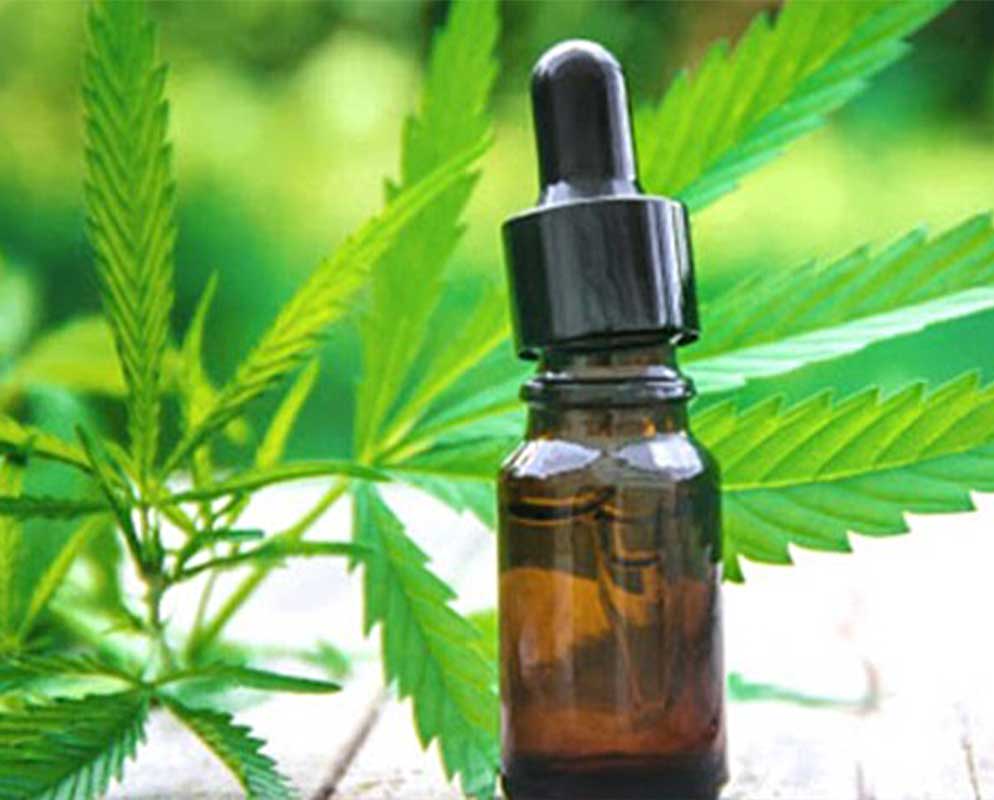
Isoflavnas: Where are they located?
The
isoflavones
are defined as a type of natural compounds that exist in plants, playing an important role in their growth. In addition, they have countless therapeutic values for our organism.
Like the previous ones, they are given in endless foods such as grapes, cherry or orange.
Also in drinks such as green and black teas or red wine and beer. In addition, they have a special role in soybeans.
In the case of this food, in only 100 grams of soy we can find about 300 milligrams of such nutritious substances.
All the information about flavonoids
Know what you’re consuming
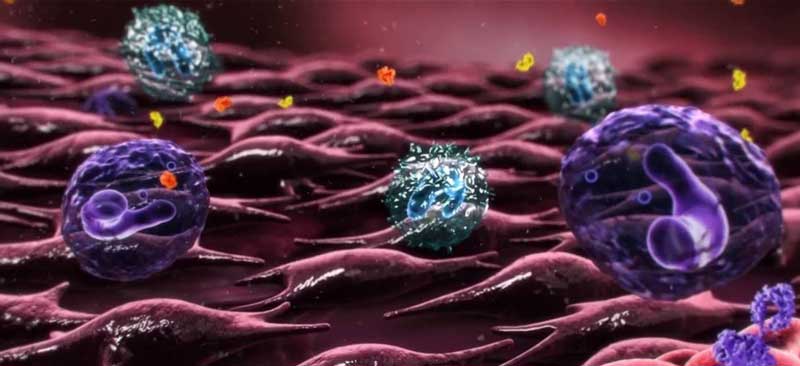
Flavonoids: contraindications
Despite having endless benefits and properties, flavonoids also have contraindications. They are much less numerous than the first, but we must take them into account so as not to take any missteps with them.
Among the most noteworthy are hypersensitivity, headache, reactions and allergies or blushes.
All of them can appear when we start a specific treatment that has them as the main claim. They’ll disappear after suspension.
Subscribe to our newsletter
Subscribe and receive a 10% discount on your purchase.
Store
Categories
Guides
Legal notice and privacy policy

